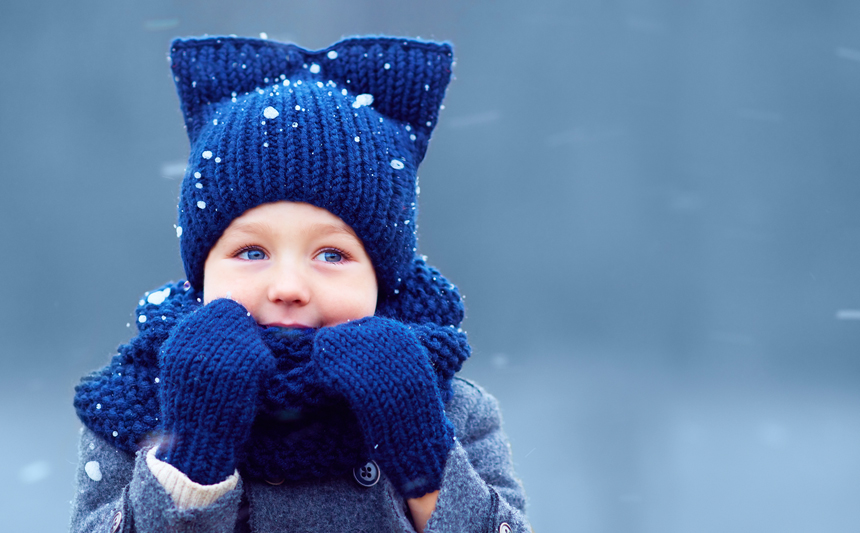Bundle up and know the warning signs of hypothermia

It’s cold outside. Really cold. This extreme cold causes our bodies to lose heat much faster and can even cause hypothermia, which happens when our body temperature gets below 95 degrees. Hypothermia is a serious medical condition that requires immediate attention. If untreated, it can lead to pneumonia, cardiac arrest or even death.
Here’s what to look out for:
- The “umbles”: grumbling, mumbling, stumbling or fumbling.
- Shivering, though shivering also means that a person’s heat regulation systems are still working.
- Exhaustion, confusion or memory loss. These symptoms will begin gradually.
- For infants, look for bright red, cold skin and very low energy levels.
What to wear – and do – to stay safe in cold weather:
- Cover your face and mouth with a warm hat, scarf or mask.
- Wear several layers of loose-fitting clothing, with a water-resistant coat.
- Keep your hands and feet warm with mittens or and water-resistant boots.
- Drink plenty of fluids. Dehydration is a big cause of hypothermia.
- Always monitor your children. Talk to them about the dangers of cold weather and make sure they’re dressed appropriately.
- Check on elderly or sick loved ones – it’s often harder for them to stay warm.
How to treat hypothermia:
- Seek shelter inside immediately. Hypothermia can happen indoors, so pay attention to inside temperatures as well.
- Remove the person’s wet clothing and cover them with dry, warm clothes or blankets.
- Monitor the person’s temperature, and offer warm liquids that don’t contain alcohol or caffeine.
- If a person’s temperature falls below 95 degrees, call 911 and get medical help immediately. If there’s no sign of breathing or a pulse, begin CPR.
This content was produced by UK HealthCare Brand Strategy.




